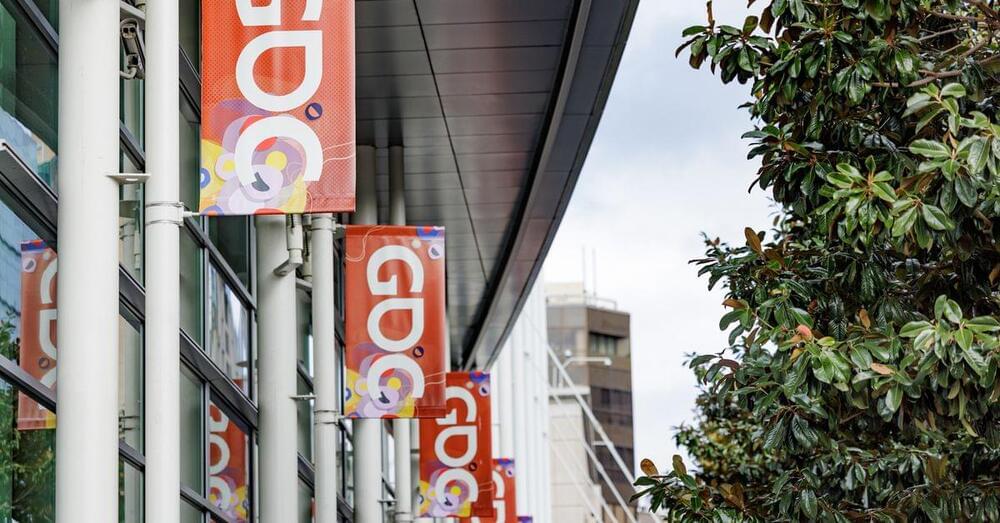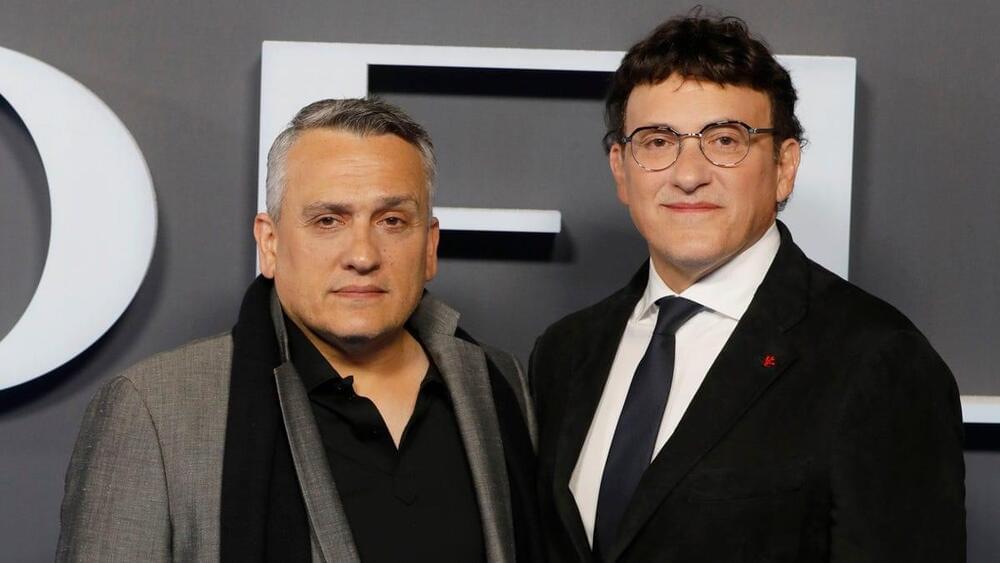Creating the nuke bomb scene in Christopher Nolan’s Oppenheimer. In this video essay, I discuss how Christopher Nolan will film the atomic bomb scene in Oppenheimer, a biopic film on the real-life story of J. Robert Oppenheimer. Christopher Nolan’s Oppenheimer movie will change the movie landscape through its source material and also its filmmaking potential.
Oppenheimer is an upcoming American biographical film written and directed by Christopher Nolan. It is based on American Prometheus, a biography of J. Robert Oppenheimer written by Kai Bird and Martin J. Sherwin. The film is a co-production between Syncopy Inc. and Atlas Entertainment; Nolan produced the film alongside Emma Thomas and Charles Roven. Cillian Murphy leads an ensemble cast as Oppenheimer, the theoretical physicist who is among those credited with being the “father of the atomic bomb” for his role in the Manhattan Project—the World War II undertaking that developed the first nuclear weapons. The film stars Cillian Murphy, Emily Blunt, Florence Pugh, Robert Downey Jr., Matt Damon, Rami Malek, Benny Safdie, Josh Hartnett, Dane DeHaan, Jack Quaid, Matthew Modine, Dylan Arnold, David Krumholtz, Alden Ehrenreich, David Dastmalchian, Olli Haaskivi, Jason Clarke, James D’Arcy, Michael Angarano, Guy Burnet, Danny Deferrari, Matthias Schweighöfer, Gary Oldman, Harrison Gilbertson, Emma Dumont, Devon Bostick, Trond Fausa, Christopher Denham, Josh Zuckerman, Josh Peck and Olivia Thirlby.
#Oppenheimer #OppenheimerMovie #ChristopherNolan.
OPPENHEIMER — Christopher Nolan & Cillian Murphy Interview:
https://bit.ly/3Wccmqt.
OPPENHEIMER New Trailer Breakdown & Review:
https://bit.ly/3HYuezo.
OPPENHEIMER Trailer Footage Description & Release Date Revealed:






